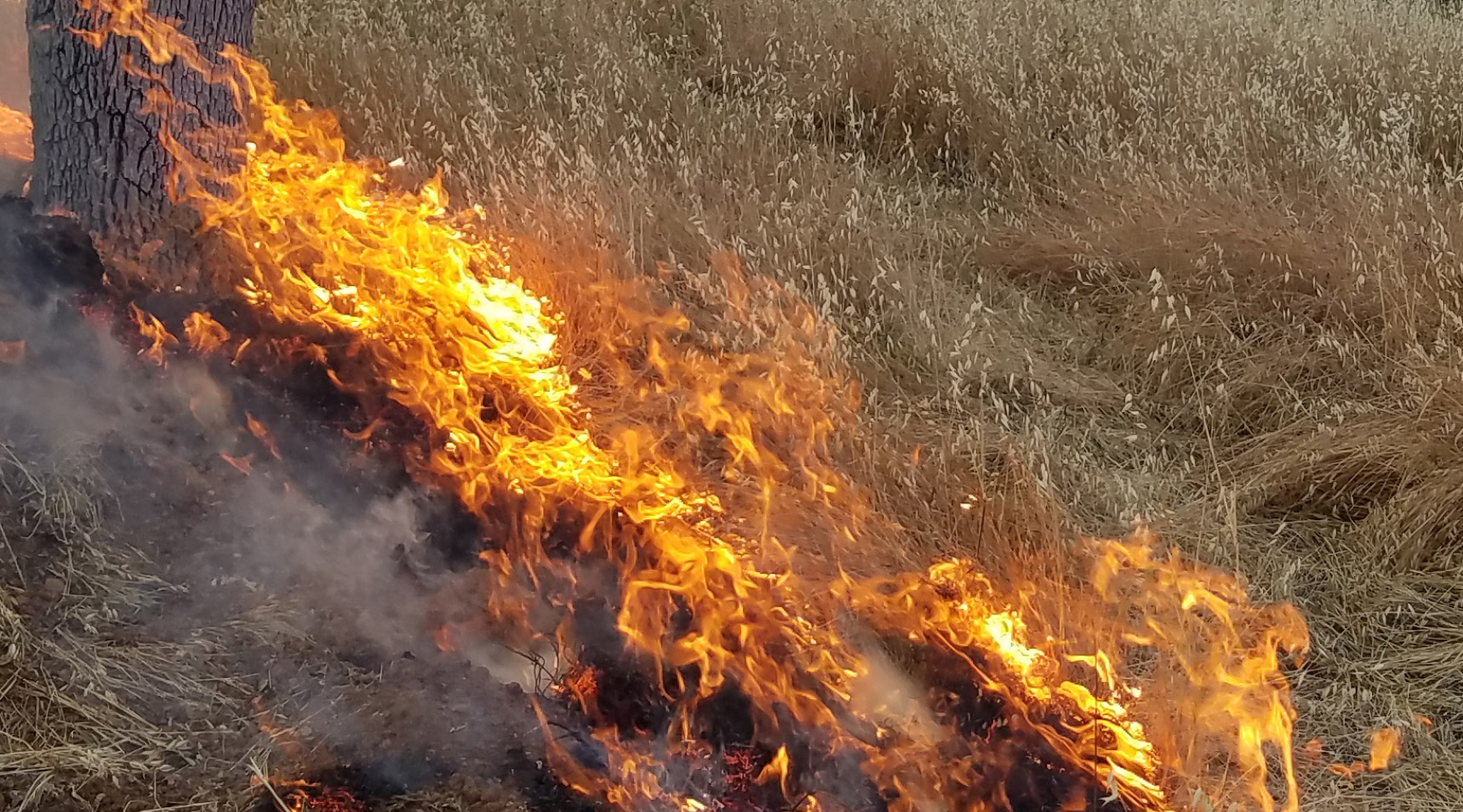Task Force Issues Strategic Plan For Prescribed Burns

Task Force Issues Strategic Plan For Prescribed Burns
Comprehensive strategy lays path for state, federal, and tribal partners to promote use of “beneficial fire” on up to 400,000 acres annually by 2025 to help make forests more resilient.
March 30, 2022 – California Wildfire and Forest Resilience Task Force issued a Strategic Plan for Expanding the Use of Beneficial Fire to expand the use of prescribed fire and cultural burning to build forest and community resilience statewide – efforts critical to forest management and wildfire mitigation. By expanding the use of beneficial fire, the state can utilize smart burning tactics on brush and other fuels to help both prevent the start of fires and mitigate the spread of wildfires.Based on a collaborative effort of the state’s leading fire experts and managers, the Strategic Plan sets a target of expanding beneficial fire to 400,000 acres annually by 2025, a shared goal between state, federal, tribal, and local entities – part of an overall goal to treat 1 million acres annually in California by 2025. The state invested $1.5 billion in wildfire resilience in 2021 alone, including significant support for prescribed fire and cultural burning.“As climate change continues to exacerbate wildfire conditions, we’re bringing federal, state, tribal, and local partners together to more effectively address the scale of this crisis,” said Governor Gavin Newsom. “California is putting in the work to help protect our communities from the devastating impacts of wildfires, build for the long-term, and safeguard our treasured state for generations to come.” The Governor earlier this week participated in fuels management work along Highway 50 ahead of peak wildfire season, click here for b-roll of the Governor joining CAL FIRE and Conservation Corps crews.“We know that returning good fire to the ground is one of our best tools in the fight against catastrophic wildfire and climate change,” said Task Force Co-Chair and California Secretary for Natural Resources Wade Crowfoot. “This Strategic Plan includes the key steps we need to take over the next few years to build capacity, return to a culture of beneficial fire, and invest in our future.”“This plan is vital to improve the health and resilience of the state’s forests, reduce wildfire risk of vulnerable communities, and increase stewardship by Native American fire practitioners,” added Task Force Co-Chair and U.S. Forest Service Regional Forester Jennifer Eberlien.The key elements of the Strategic Plan include:
- Launching an online prescribed fire permitting system to streamline the review and approval of prescribed fire projects;
- Establishing the state’s new Prescribed Fire Claims Fund to reduce liability for private burners;
- Beginning a statewide program to enable tribes and cultural fire practitioners to revitalize cultural burning practices;
- A prescribed fire training center to grow, train, and diversify the state’s prescribed fire workforce;
- An interagency beneficial fire tracking system;
- Pilot projects to undertake larger landscape-scale burns; and
- A comprehensive review of the state’s smoke management programs to facilitate prescribed fire while protecting public health.
The announcement delivers on several of the key commitments made in the Wildfire and Forest Resilience Action Plan issued in January 2021. The Action Plan is also backed by the Governor’s $1.5 billion investment in forest health and wildfire resilience, and a proposed $1.2 billion additional investment for fiscal years 2022-23 and 2023-24. Lenya Quinn-Davidson, Area Fire Advisor, UC Cooperative Extension: “The plan gives me hope because it represents the vision and priorities of the people who know prescribed fire best—the community leaders, cultural burners, and agency practitioners who have been leading and championing this work for years. California is ready for a bolder, more collaborative approach to prescribed fire, and this plan gives us a great place to start.”Don Hankins, Professor, CSU Chico and Cultural Fire Practitioner: “California’s Strategic Plan for Expanding the Use of Beneficial Fire takes an unprecedented step for the state to address shortcomings of current fire policy and use. Most significant is the recognition of the role of Native American tribes, organizations and practitioners to revitalize traditional fire stewardship.”Craig Thomas, Director, The Fire Restoration Group: “California’s Strategic Plan for Expanding the Use of Beneficial Fire demonstrates the collaborative commitment to expand the use of restorative fire to limit damaging wildfires, stabilize forest carbon, better protect communities, and restore and maintain resiliency and biodiversity in the California landscape. This past year of collaborative work with State and Federal agencies, scientists, and multiple non-governmental partners has addressed and supported the proper role of restorative fire in California.”
Visit: Prescribed Fire Action Area Page
